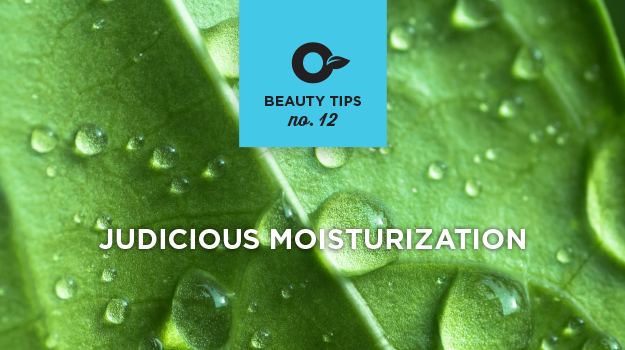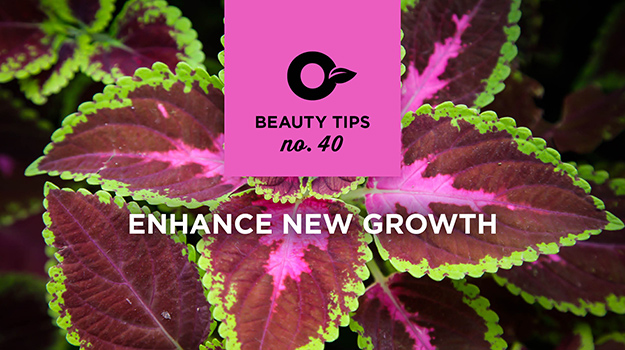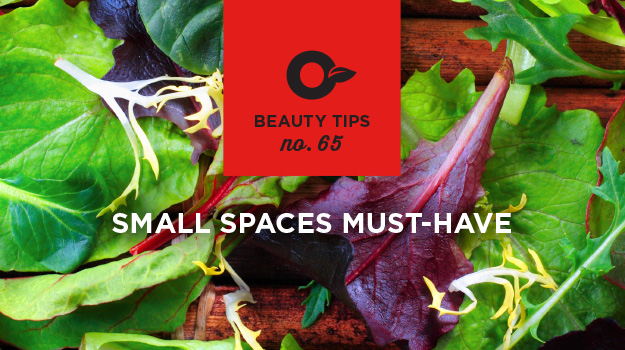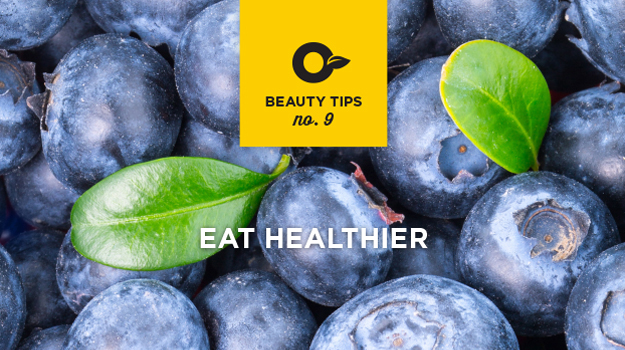
There are good reasons why beans are a garden staple, beginning with superior flavor, optimal nutrition and easy growth habits. Plant beans in a sunny garden spot and before you know it, you’ll be harvesting an abundance of fresh, flavorful frijoles every day.
Types of Beans
Pole beans
Pole Beans are vining plants suitable for planting in rows or hills. The vines, which can reach lengths of 15 feet (3 m.), must be supported to prevent sprawl and keep the beans off the ground. Pole beans produce about three times more beans over the course of a season than bush beans.

Bush beans
Bush beans, generally planted in rows, are compact plants that spread only about 24 inches (60 cm.). They are easier to grow than pole beans and require no support, but in the long run, they produce fewer beans.

Half-runner beans
Half-runner beans have a growth habit somewhere between bush beans and pole beans, with vines that generally reach 24 to 36 inches (1 m.). They are usually grown in rows like bush beans, but they may benefit from a little support in the form of a small trellis or tomato cage.

Growing Conditions
Beans are sensitive to frost and may rot in cold, wet soil. Don’t plant until a couple of weeks after the last expected frost.
Choose a sunny location where the soil is fertile and drains well. Prepare by digging in a little all-purpose fertilizer and a generous helping of compost or well-rotted manure. Work the soil to a depth of at least 6 inches (15 cm.).
Watering Beans
Water beans regularly throughout the season, especially when plants are flowering and setting pods. One deep watering per week is usually sufficient. Avoid shallow watering, which produces weak, shallow roots.
Don’t allow the soil to become bone dry or you may end up with smaller harvests and tough, stringy beans. On the other hand, beware of overwatering; soggy soil can cause root rot and other moisture-related diseases.
Tips on Caring for Beans
- Beans require no fertilizer if the soil is prepared well at planting time. In fact, too much fertilizer may cause lush foliage with few pods. If soil is poor and growth is slow, apply fertilizer along the side of the rows before the first bloom.
- Control weeds when they are small.
- Watering beans on sunny mornings will help prevent disease. Avoid watering in evening. If possible, water at the base of the plants.
Pests and Disease
Beans are susceptible to a number of diseases, which are difficult to control once established. The key is prevention. Plant disease-resistant varieties. Water carefully. Allow ample space between plants. Rotate crops every couple of years.
Control small pests like aphids and thrips with insecticidal soap spray. Hand pick caterpillars and beetles or spray them with Bt (bacillus thuringiensis), a soil-dwelling bacteria that works well as a natural pesticide.
Harvesting Beans
Harvest on cool mornings when the beans are full-size but not completely mature – usually beginning a week or two after flowering. Pods should be firm and crisp with small seeds.
Pick beans frequently. Bush beans will continue to bloom for two to three weeks, while pole beans will produce until the first frost.






